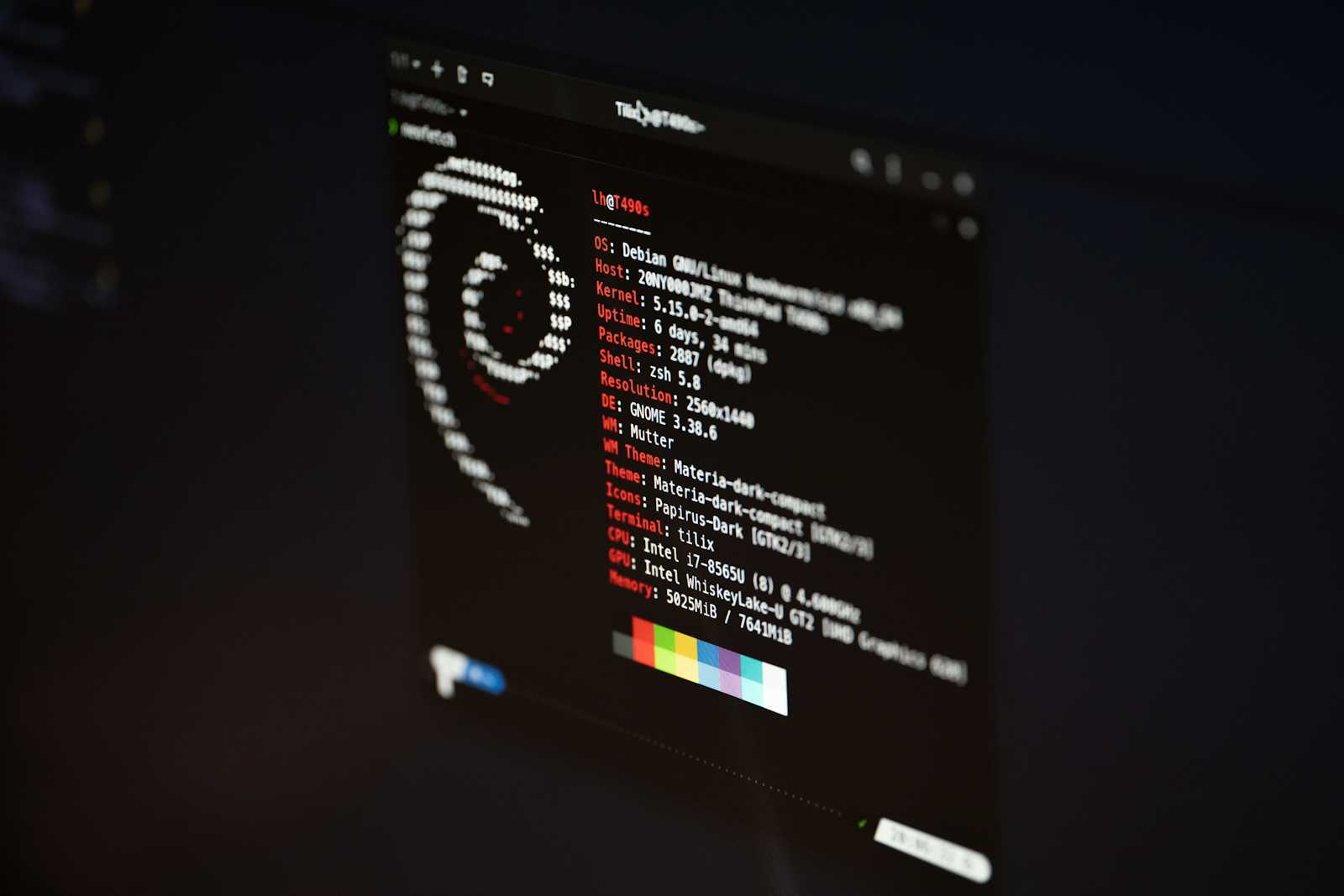Understanding Linux: A Beginner's Guide
 Mayur Gaikwad
Mayur Gaikwad
Linux Operating System
Linux is an open-source operating system created by Linus Torvalds in 1991. Known for its stability, security, and versatility, Linux is widely used across various environments from personal desktops to powerful servers.
Key Features of Linux
Stability: Linux is known for its robustness and ability to run for long periods without crashes or reboots.
Security: With a strong permission-based system, Linux is less susceptible to malware and security breaches.
Versatility: Linux can run on a wide range of hardware, from smartphones to mainframes.
The Kernel
At the heart of the Linux operating system is the kernel. It acts as an intermediary between software applications and the hardware, managing resources such as CPU, memory, and disk drives. The kernel provides essential services required for system operations.
The Free Software Movement
The development of Linux aligns with the free software movement initiated by Richard Stallman in 1980. In 1982, Stallman announced the GNU project, aiming to create a complete, free, and open-source operating system called GNU (GNU's Not Unix).
Operating System Basics
An operating system (OS) is software that communicates with hardware and allows other programs to run. It acts as an interface between the computer user and the hardware. Key functions of an OS include:
File management
Memory management
Process management
Handling input and output
Controlling peripheral devices
Converting high-level language to low-level language
Types of Software
Software can be categorized into two types:
Application Software: Programs designed for end-users (e.g., Chrome, games).
System Software: Programs that manage the hardware and system resources (e.g., Linux, Windows, Mac OS).
Types of Operating Systems
Desktop OS: For general use like browsing, videos, and office applications (e.g., Windows, macOS).
Server OS: For managing servers (e.g., web servers, mail servers, cloud servers).
Development of Operating Systems
Operating systems have evolved to support various user and task management capabilities:
Single-user, single-tasking: e.g., MS-DOS, Palm OS.
Single-user, multitasking: e.g., Windows, macOS, Ubuntu, Android.
Multi-user, multitasking: e.g., Linux, UNIX, Windows Server.
Comparing Operating Systems: Windows vs. Unix vs. Linux
| Feature | Windows | Unix | Linux |
| License | Proprietary | Proprietary | Community |
| Cost | Purchase | Purchase | Free |
| Security | Less secure | Highly secure | Highly secure |
| Source Code | Closed source | Closed source | Open source |
| Hardware | Heavy hardware | Less hardware | Less hardware |
| Portability | Non-portable | Portable | Portable |
| Usability | Easy to use | Hard to use | Hard to use |
| Interface | GUI 80% desktop | CLI | CLI 90% server |
Linux Architecture

Application: User-level application programs like text editors, browsers, and games.
Shell: The user interface that allows users to interact with the OS, typically through a command line interface (CLI) or graphical user interface (GUI). It converts high-level language to low-level language.
Kernel: Manages system hardware resources and provides essential services to software applications.
Hardware: Physical components like CPU, memory, and storage devices that the kernel interacts with to manage their operation.
Conclusion
Linux is a powerful and flexible operating system that has become a cornerstone of modern computing. From its origins in the free software movement to its widespread adoption in servers, desktops, and embedded systems, Linux continues to evolve and meet the needs of users around the globe. Whether you are a beginner or an experienced user, understanding the fundamentals of Linux and its architecture can help you leverage its full potential. Embrace the world of open-source software and explore the endless possibilities with Linux. Happy learning!
Subscribe to my newsletter
Read articles from Mayur Gaikwad directly inside your inbox. Subscribe to the newsletter, and don't miss out.
Written by
